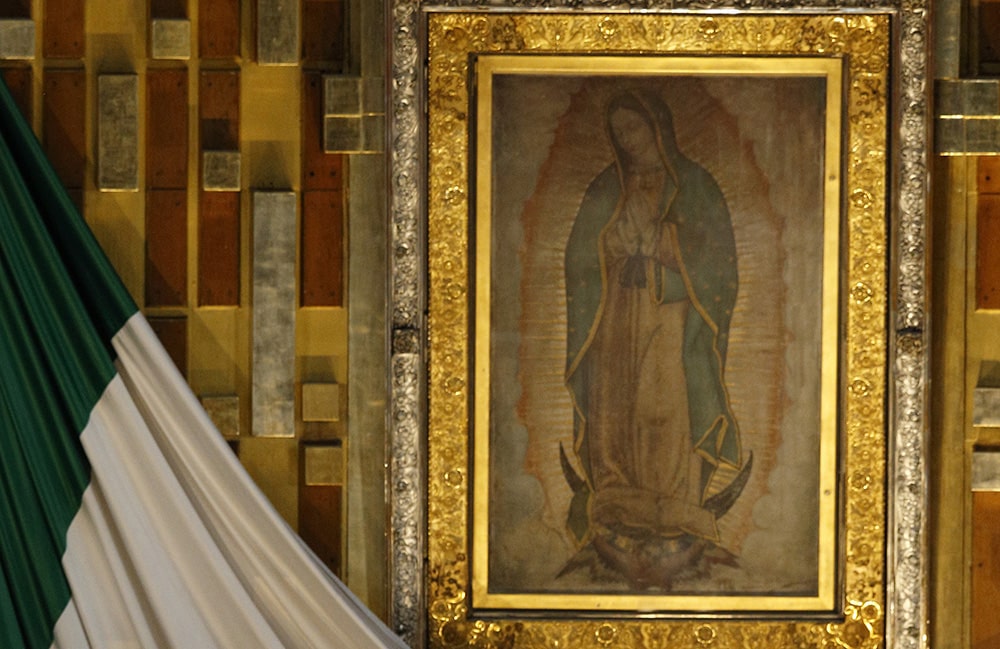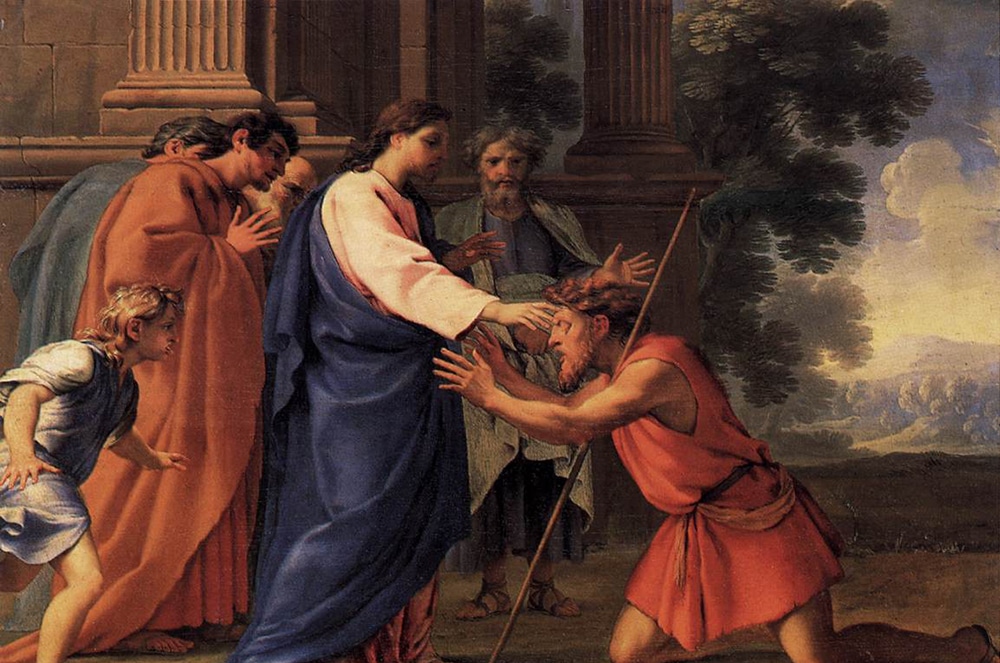 A picture is worth a thousand words. Possibly no representation in religious art more affirms that old saying, save the crucifix, than the image of Our Lady of Guadalupe.
A picture is worth a thousand words. Possibly no representation in religious art more affirms that old saying, save the crucifix, than the image of Our Lady of Guadalupe.
Catholics are familiar with the story. Spanish soldiers, immediately followed by missionaries, came to Mexico and overtook the land, removing the empire of the Native people, the Aztecs, and systematically obliterating every vestige of Aztec culture that could be found.
Indeed, the great Cathedral Basilica of the Assumption in Mexico City, one of the largest Christian churches on earth, built by the Spanish, stands on the site of an Aztec temple. The Spaniards chose the place to make a point. Their Catholic religion would replace the Aztec religion.
Missionaries, anywhere, at any time, can have difficulty, even if they arrive under the protection of an imperial army. Standing behind the missionaries to Mexico was the power of imperial Spain.
Often, usually in fact, for the local people, missionaries are outsiders. For Aztecs, the Lord whom missionaries proclaimed as the Son of God lived 15 centuries earlier, in a land impossible to imagine, and the missionaries themselves, strange and different, were born and bred in Spain, the conquering nation. Nobody understood their Spanish and Latin.
In 1531, just outside the center of Spanish occupation, now Mexico City, the Blessed Mother made herself visible to an Aztec whom missionaries had baptized, St. Juan Diego.
He wore a cape or tilma. When St. Juan Diego opened the cape, he found a miraculous depiction of the Virgin Mary.
The depiction has fascinated and puzzled scientists for centuries. It is not oil, watercolor or ink. It is not a photograph. What is it? How has the cloth on which it appears, the tilma, survived? The fabric is very impermanent.
Every square inch of the image has a message that spoke volumes to the Aztecs, answering their questions better than did the millions of words uttered by the best-intentioned missionaries. First and foremost, Mary herself is depicted as an Aztec woman — her hair, her complexion. In the images that the Spanish brought to adorn the churches that they built, the Mother of God was a Spaniard. The lesson is that Mary belongs to all.
Her hands are joined in the gesture of prayer and submission used by the Aztecs. She looks down, in humility, not straight ahead, symbolizing control and force, as did the Aztec deities in representations of them. She submits to God. She believes. She herself is not a goddess.
She stands, blotting out the sun, considered divine by the Aztecs. Follow her. The sun is a mere creation of her God. Angels, wearing the feathers of Aztec nobility, support her. At her collar, she wears a broach with the cross that festooned the sails of the ships that brought the Spanish missionaries. They could be trusted. Their message could be trusted.
Around her waist, she wears the band that pregnant Aztec women wore. She is a mother. Her gentle countenance speaks of compassion. Even if in heaven, she looks down with love upon the earth and upon humanity. She is anything but aloof and indifferent.
Her gown is turquoise blue, the heavenly color in Aztec art. It is festooned with stars. In Aztec legend, the appearance of comets or bright stars in the sky preceded the coming of a wonderful, new day for the people. She announces a new day great because of its Christianity.
Today, the image, still intact, its colors still vivid, to the bewilderment of scientists, stands above the sanctuary of the great basilica of Nuestra Señora de Guadalupe, Our Lady of Guadalupe, in Mexico City.
Kings, queens, American presidents, the rich and famous, and millions of others have come there to pray, in confidence. Mary is their holy mother, one of them, compassionate and tender. From another world, from heaven, she speaks to human hearts.
Msgr. Owen F. Campion is OSV’s chaplain.







